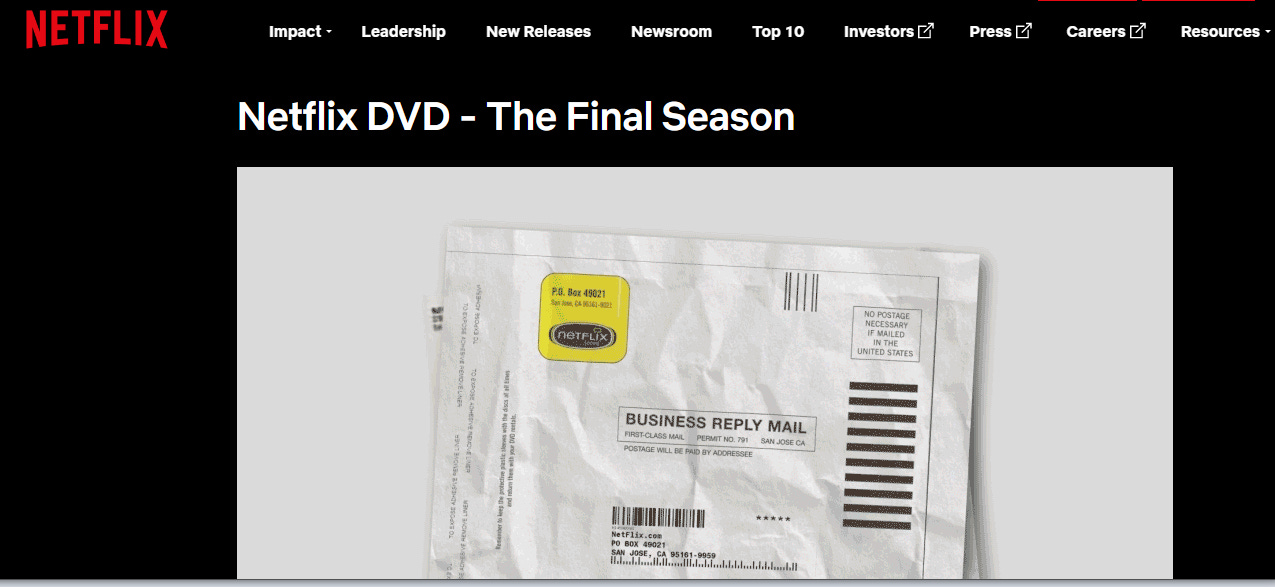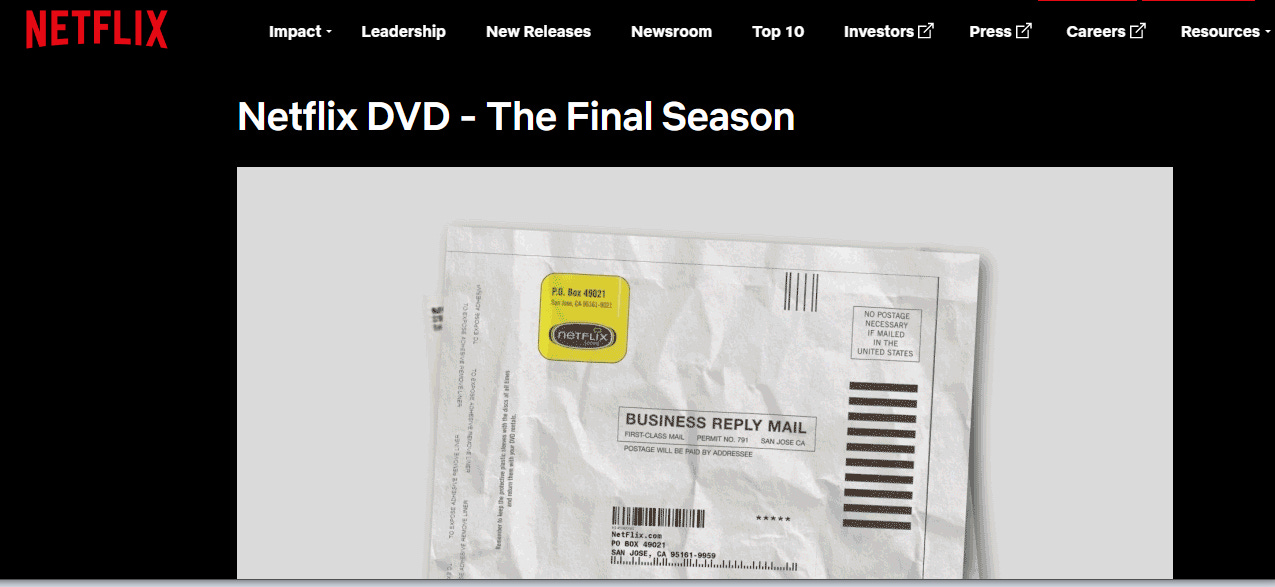Odiva Rental Store and vintage plates of KFC (Kentucky Fried Chicken). Every time I can save money after setting up a very cheap book - or - print/photocopies for all my friends (& juniors + seniors) in IR UGM, I try to enjoy it in KFC near the MIROTA market. I can set up a high-price like Rp 150k to sell between IR UGM and will be sold out, but I make sure to just sell 30k because….I’m not rich (although) 99% IR UGM is (crazy) rich. I love the tasty wings of KFC (Kentucky Fried Chicken), and… I don't know, KFC UGM is better (more delicious) than KFC Terban (beside SMA 6-SMP 8, school for Sultan HB X when he’s kid) or KFC near UIN (Universitas Islam National) Kalijaga.
Until today, I was still amazed that KFC Indonesia (currently Franchise holder of KFC in Indonesia also holds Taco Bell in Indonesia) pays for a big building near UGM. But more: I (also) was still amazed how much money ODIVA earned so ODIVA can rent the same building with KFC.
Awkwardly: every time I’m going to my late grandfather-my late grandmother in Solo, I absolutely pass a street where ODIVA in Solo is located: also (arguably) big building but (obviously) in “Kampong/village”, not in downtown.
I love to see “rare movies”, so with “old-computer-with-Pentium”, I oftenly rent a VCD or DVD to watch movies which have never aired/shown in “Bioskop” (Movie Theatre). Are you once hear “Cin[T]A movie (CINA/Chinese Overseas- but Love)? So I oftenly recheck ODIVA, or rental shop in Pogung Baru (rental DVD with rental a magazine, really rare magazine) or in Jakal/Jalan Kaliurang. I really miss this moment.
When Netflix announced on Tuesday that it would be shuttering its DVD rental-by-mail operation — the business that gave the streaming video giant its start a quarter-century ago — the immediate response was to mourn the latest icon of pop culture to sadly but definitively outlive its time. Remember those little red envelopes? How intensely 2005! Okay, now toss them onto the dust heap with the BlackBerrys, iPod Nanos and “Guitar Hero.”
Yet there’s a larger and more troubling story behind what, on the face of it, is a sensible business decision. Yes, sales of DVDs and Blu-ray discs have plummeted in recent years, from 6.1 billion in worldwide sales in 2011 to 1.2 billion a decade later. Over the same period, streaming subscriptions have seen an increase of 1,231 percent. The writing’s on the wall: How are you going to keep ’em down on the DVD farm after they’ve seen everything Netflix and Amazon Prime Video have to offer?
The fallacy behind this idea is the belief that video on demand really does offer everything — every movie ever shot, every TV show ever produced — when the vast majority of films and series are not and have never been available at the touch of a remote and a $2.99 streaming rental. By contrast, a much larger percentage of entertainment history has made its way to various forms of physical media over the decades since VHS beat out Betamax and DVD subsequently subsumed videotape. You could easily buy or rent those titles, first at your local Blockbuster and then via the Netflix rental-by-mail company that drove Blockbuster into bankruptcy.
With the disappearance of that business model, physical media and entire swaths of cinema history come closer to winking out of the average consumer’s consciousness, and that’s bad news for the public in general and film lovers in particular. First, let’s consider the individual titles that are in danger of being forgotten — that are on DVD or Blu-ray but not available anywhere on demand. Remember “Cocoon,” Ron Howard’s 1985 drama of lovable geriatrics and benevolent aliens? I hope you do, because it’s not streaming anywhere and never has been. “Short Cuts” (1993), Robert Altman’s blistering, all-star adaptation of nine Raymond Carver stories? Sorry, not available.
Martin Scorsese’s “New York, New York” (1977), with Robert De Niro and Liza Minnelli? Nope. The 1972 Michael Caine-Laurence Olivier mystery thriller “Sleuth”? Nope. “Henry & June” (1990), the first movie to be given an NC-17 rating? Teen cult classic “Pump Up the Volume” (1990)? The 1983 Meryl Streep bio-drama “Silkwood”? Nope, nope and nope.
Once you get into the back catalogue of the studio era, the situation’s even more dire. A scalding little film noir such as “Act of Violence” (1948), directed by a newcomer named Fred Zinneman and starring an impossibly young Janet Leigh and a terrifying Robert Ryan, begs to be discovered by a new generation but will languish unwatched and forgotten. Even a bona fide Best Picture winner such as Alfred Hitchcock’s “Rebecca” (1940) is nowhere to be legally found, although the inferior 2020 remake is right there on Netflix.
This is bad news not just for film culture but for cultural history. A movie that is no longer seen ceases to exist, and so does the society it reflects — its values, beliefs, meanings. As streaming video becomes the norm and DVD and Blu-ray shrink to an audience of connoisseurs, collectors and Criterion junkies (guilty as charged), the past recedes to a curio, and our entertainment choices constrict to an endless and eternally profitable Now. Sure, you can find many otherwise unavailable titles on YouTube (including, for the time being, the 1940 “Rebecca”) — but mostly in bootleg prints that quickly get whack-a-moled into oblivion by corporate gatekeepers.
In a sense, this is a return to business as usual. We forget that for the bulk of film history, movies were junked after they completed their theatrical runs — it’s why an estimated half of all American films made before 1950 and more than 90 percent made before 1929 are lost forever. The arrival of television in the 1950s introduced the novel idea of an aftermarket for movies, and the VHS revolution of the 1970s and ’80s brokered the shocking notion that the plebes in the audience could rent or even own their own copy of a beloved film to watch as often as they wanted.
Which, in retrospect, was a terrible threat to the copyright holders of those films — the studios that made them and the multinational entertainment conglomerates that gobbled the studios up and now hustle for your monthly subscription dollars. Netflix and Amazon Prime, yes, but also HBO Max (Warner Bros.), Peacock (Universal), Paramount Plus, Disney Plus and all the rest. They own the movies that are this country’s cultural gift to the world, and they are happy to make you pay for them over and over.
Or vanish them entirely. HBO Max is in the midst of a merger with the Discovery Channel — and, to reduce a crushing bit of debt, is removing highly regarded series such as “Westworld” from the service. Until now, HBO Max has been one of the better subscription services in terms of making an immense library of older titles available, but that is expected to change once the service is rebranded in a few months to — ironically enough — Max.
In retrospect, the shuttering of Netflix’s DVD business may someday be seen as the end of a few halcyon decades in which consumers — the people for whom these entertainments and artworks were ostensibly made — had control of the steering wheel. You’ll still be able to find DVDs and Blu-rays on Amazon and at your local library, a shrinking selection for a shrinking audience. But the choices available on demand for everyone going forward — including an unborn viewership that won’t know any better — might leave the bulk of our media-culture past out in the cold.
In fact, maybe it’s time for the industry to retire the phrase “video on demand.” After all, how can consumers be expected to demand movies they don’t know exist?










